Costa Rica is a small Central American country bordered to the north by Nicaragua and to the south by Panama. The country's diverse climate, terrain, and geography make it an ideal location for coffee cultivation. The coffee farms are in areas with rich volcanic soil that is ideal for growing coffee.
Costa Rica has a tropical climate with two seasons: the dry season (December to April) and the wet season (May to November). The landscape is mountainous, with vast rainforests and stunning coastlines. The high elevations and rainfall during the wet season provide ideal growing conditions for coffee. The high altitude allows the coffee to grow slowly, resulting in a dense bean with a distinct flavor profile, while rains and warm temperatures provide the required moisture and warmth.

What is the history of coffee in Costa Rica?
Costa Rica has a long history that dates to prehistoric times, with evidence of tribal civilizations dating back to 7,000 BC. These tribes evolved from hunters and farmers to skilled artists and craftsmen who built entire cultures and towns over centuries. Costa Rica, on the other hand, did not enter the global stage until it was colonized by Christopher Columbus in 1502. The country was then ruled by Spain until the nineteenth century when it gained independence in 1821.

When did coffee arrive in Costa Rica?
Coffee is not native to Costa Rica, but it was introduced in 1779 after being imported from Cuba, where it was already a successful and established crop at the time. To fund the newly independent nation, the Costa Rican government capitalized on coffee in 1825 by practically handing out free coffee and land to farmers who wanted to grow it.
Costa Rica's coffee industry began exporting in 1832, after nearly a decade of growth. Another decade later, in 1843, the British had procured enough coffee from Costa Rica to begin heavily investing in the country and its industry to increase output for the British market as well as profit elsewhere. The British established a major bank that focused on funding more coffee projects, resulting in coffee becoming Costa Rica's leading industry to this day.
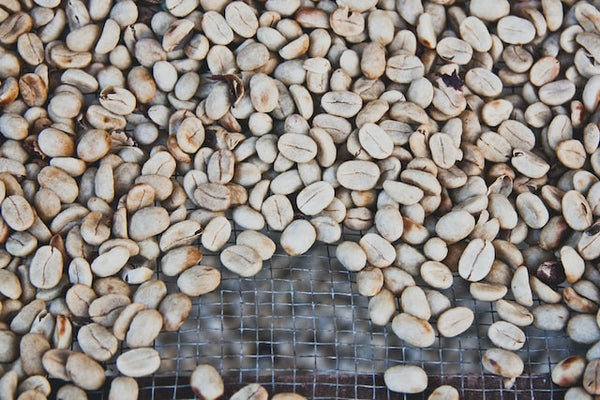
How is Costa Rican coffee made?
The wet processing method became the standard method for producing coffee in the 1830s. Costa Rica, blessed with an abundance of water, quickly adopted and adapted this technique. Wet processed coffee had become synonymous with quality by the turn of the century, commanding higher prices on the international market. Costa Rica's commitment to this method and its natural resources resulted in its coffee gaining international recognition for its consistent, clean taste rather than daring and unique flavors.
The country's focus on delivering dependable coffee has been a hallmark of its production over the years, ensuring that its coffee remains a favorite among coffee drinkers worldwide. Today, the tradition of wet processing remains a distinguishing feature of Costa Rican coffee, cementing the country's position as one of the world's leading coffee exporters.
Costa Rica produces excellent coffee using honey processing in addition to wet processing. Check out our blog post about honey-processed coffee here!
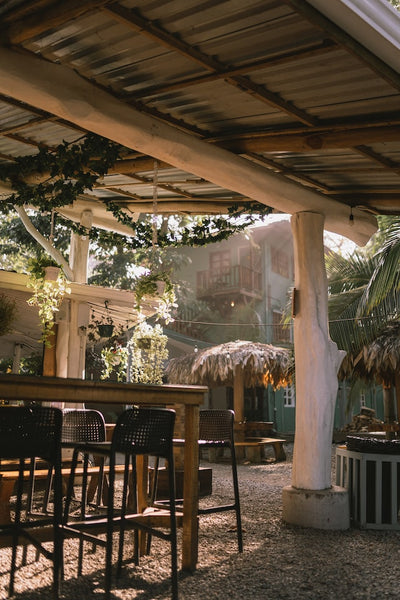
What is the cultural significance of coffee in Costa Rica?
Costa Rica's coffee industry has been critical to the country's economic success and growth, particularly since the country's independence from Spain in 1821. The country began to rely on coffee production as a primary source of income in the following years, and by the end of the nineteenth century, coffee accounted for more than 90% of Costa Rica's exports.
The country's thriving coffee industry has aided in the development of infrastructure such as roads and bridges, as well as the expansion of other industries such as tourism. Because of the coffee industry's economic success, the country has become one of the most stable and prosperous in Central America.
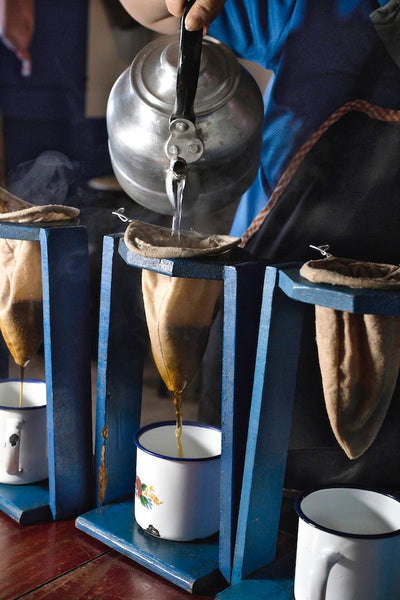
What is sock coffee?
Coffee's significant cultural influence in Costa Rica, on the other hand, does not have to come with prestige or nobility, as one of the most popular methods of brewing coffee in Costa Rica uses a chorreador, a traditional and rudimentary coffee brewing device that has been around for over 200 years to make coffee.
The chorreador method or sock coffee method is a drip process utilizing a filter resembling a sock that produces a smooth, flavorful coffee. After filling the sock coffee filter, or "bolsita," with coffee grounds, hot water is poured over it to allow the coffee to drip into a carafe or cup. This unique device consists of a wooden stand, the chorreador, that holds a cloth filter or "sock" in place, giving it the name "sock coffee". The word "chorrear" means "to drip" in Spanish. Because of its simplicity, Sock coffee or chorreador coffee is one of the country's easiest and most popular methods of brewing coffee.
The chorreador and resulting sock coffee have become a symbol of hospitality and are frequently used in Costa Rican households and businesses to serve coffee to guests and visitors. If you're interested in trying it for yourself, check out the link to our favorite chorreador here, or make your own!

Coffee is more than just a beverage in Costa Rica; it has become an integral part of the country's culture. People start their days with a cup of coffee, and many businesses provide a mid-morning coffee break known as a "cafecito" to their employees. The cafecito is an important part of the social fabric of the country, providing a place to relax, chat, and enjoy a cup of coffee. Coffee has also inspired a variety of cultural traditions, such as the coffee tours that are available across the country.
Costa Rica coffee tourism: where to go
Because of the proximity of most coffee farms to the nation's capital, San José, Costa Rica is one of the few countries in the world where coffee tours are possible. Visitors can tour the farms and learn about Costa Rica's various coffee production methods, including the traditional chorreador method. These tours educate tourists on the history and methods of coffee production in Costa Rica, providing them with an insight into the rich cultural heritage of coffee.
When visiting Costa Rica, the Doka coffee plantation is an excellent way to learn about the country's coffee culture. It is located near the town of Alajuela in the Central Valley and offers tours of its coffee plantation and processing facilities. The plantation has been in the same family for more than 70 years and is easily accessible from San José.
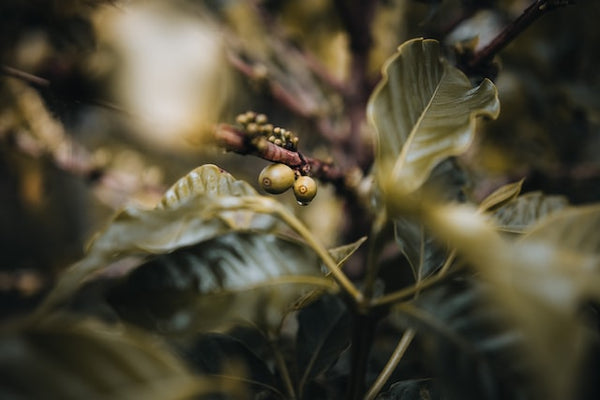
What makes Costa Rican coffee special and distinct?
One of the reasons for its exceptional quality is that it is illegal in Costa Rica to grow any coffee species other than arabica. This statutory requirement ensures that the country only produces high-quality coffee. Furthermore, most of the coffee is grown at high elevations, ranging from 3,000 to 6,000 feet, which enhances the coffee's flavors and aromas.
Costa Rica also consumes a disproportionately large proportion of its coffee production when compared to other coffee-producing countries, with an estimated 85% of its coffee remaining within the country's borders. The country's strong coffee culture and appreciation for the beverage contribute to the high consumption rate. This also means that there is less Costa Rican coffee available for export, making it a valuable commodity around the world.
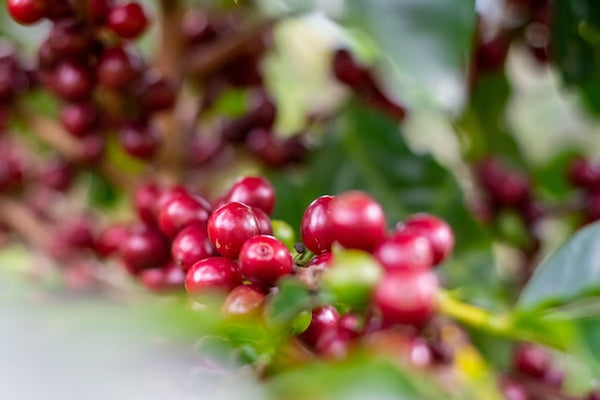
Where in Costa Rica is coffee grown?
Arabica coffee was developed in the central valley due to the ideal growing conditions of high altitude, cool temperatures, and fertile soil. Today, coffee is grown along the entire length of Costa Rica, in the higher elevations of the Guanacaste Range in the north, the Talamanca Range in the south, and the Central Range in the center. Conveniently, much of the coffee grown in the central valley is close to the capital of San José, making exports and transit far more convenient and economical than in other, more geographically and infrastructurally challenged nations.
What are Costa Rica's Coffee Regions?
From north to south, here's a look at Costa Rica's eight coffee regions.
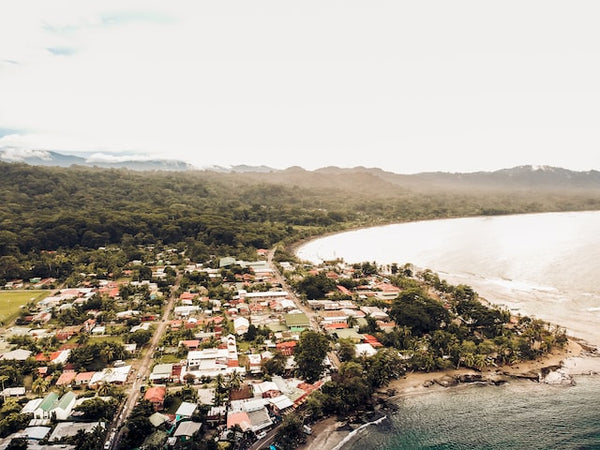
Guanacaste
Guanacaste is a region in Costa Rica that stretches not only to the north but also to the west, onto Costa Rica's peninsula, which forms the Gulf of Nicoya. Despite the region's size, only a small amount of coffee is grown here. Guanacaste coffee is grown at lower elevations, resulting in less premium coffee. The elevation varies between 2,000 and 4,300 feet.
Guanacaste coffee has a smooth, moderate body with light acidity, as well as a distinct bitterness and salty character. Because of the lower elevation and less ideal growing conditions, coffee from this region is not as sought after as coffee from other coffee-growing regions in Costa Rica.

Valle Occidental/ West Valley
The Valle Occidental, also known as the West Valley, is a Costa Rican region that was settled in the nineteenth century, and coffee plantings began around that time. The region is located at elevations ranging from 2,300 to 5,200 feet, providing ideal growing conditions for coffee. The West Valley is divided into six sub-regions, which are clustered around the cities of San Ramon, Palmares, Naranjo (the highest elevation), Grecia, Sarchi (also the name of a coffee variety), and Atenas.
In terms of flavor, West Valley coffee has a distinct flavor profile that includes pit fruit, honey, and vanilla. The region is known for producing some of Costa Rica's highest-quality coffee, and its distinct flavor profile is highly sought after by coffee enthusiasts worldwide.

Valle Central/ Central Valley
The Central Valley, also known as the Valle Central, is a region in Costa Rica that includes the capital city of San José. This region is the most densely populated in the country, with elevations ranging from 3,000 to 5,200 feet. The Central Valley has the longest coffee-growing history in Costa Rica, dating back to the early nineteenth century.
San José, Heredia, and Alajuela are the three sub-regions of the Central Valley. Several volcanoes, including the Poas, Barva, and Irazu, have an impact on the terroir of this region, providing nutrient-rich soils from organic matter and ash.
In terms of flavor, Central Valley coffee has a balanced flavor with notes of chocolate and fruit, as well as a pleasant aroma of honey.
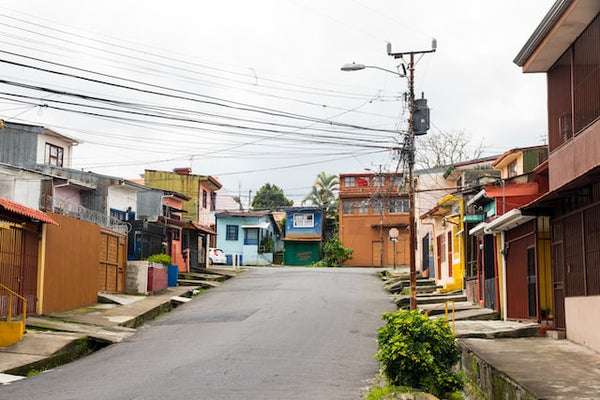
Tres Ríos
Tres Ríos is a small Costa Rican region that has seen rapid development in recent years, resulting in the loss of valuable farmland for coffee production. Tres Ríos, despite its small size, is known for producing high-quality coffee that is in high demand around the world. The region is located at elevations ranging from 3,900 to 5,400 feet, providing ideal growing conditions for coffee.
Tres Ríos benefits from the Irazu volcano's terroir, which is made up of nutrient-rich organic matter and ash soil. The volcanic soil is ideal for growing coffee, allowing the beans to develop distinct flavors and aromas. Tres Ríos coffee has a delicate and balanced flavor profile with a subtle acidity. Because of its complexity and well-integrated flavors, it is sometimes referred to as the "Bordeaux" of Costa Rica.

Tarrazú
Tarrazú is one of Costa Rica's most well-known and highly regarded coffee-producing regions. The region has successfully branded itself as a step above Costa Rican coffee, producing some of the highest-quality coffee beans in the country. Tarrazú's coffee farms are located at elevations ranging from 3,900 to 6,200 feet, making it one of the country's highest coffee-growing regions.
If Tres Ríos is Costa Rica's "Bordeaux," then Tarrazú is often called the "Burgundy" of the area. Tarrazú coffee is highly regarded for its flavor profile, which includes complex notes of chocolate, sweet citrus such as orange, baking spices such as vanilla, and desiccated fruit. The flavor is frequently described as clean and bright, with a medium body and a lively acidity that provides a refreshing finish.
Orosi
Orosi, located east of San José and between Tarrazú and Turrialba, is a small coffee-growing region that, like Tres Ríos and Tarrazú, benefits from the fertile volcanic soil of the Irazu volcano. Orosi's coffee farms are located at elevations ranging from 3,300 to 4,600 feet, making it a medium-altitude coffee-growing region.
Orosi is divided into three sub-regions: Orosi, Cachi, and Paraiso, each producing coffee with its distinct flavor profile. Orosi coffee has a smooth and moderate body, with balanced acidity. The flavor is described as soft and mellow, with notes of chocolate and caramel, making it an excellent choice for those who prefer a less acidic coffee.
Turrialba
Turrialba is located on Costa Rica's eastern coast, making it the closest region to the Caribbean coast. Coffee farms in the region are located at lower elevations, resulting in a warmer climate and more rainfall. This leads to an earlier harvest and a shorter ripening period, which can result in less complex coffee.
Turrialba's climate and location make coffee production difficult. As a result, unlike other regions in Costa Rica, the region rarely produces premium coffee. Despite these obstacles, Turrialba's coffee benefits from the rich volcanic soil of the Turrialba volcano, which contributes to the region's distinct terroir.
Turrialba coffee is distinguished by its mild acidity, light body, and soft aroma. While it lacks the complexity of some of Costa Rica's premium coffee regions, it still provides a pleasant coffee experience for those who prefer a milder cup of coffee.
Brunca
Brunca is a coffee-growing region in southern Costa Rica. The region ranges in elevation from 2,000 to 5,600 feet and is known for its high humidity due to its southern location. Brunca is divided into two subdivisions: Coto Brus, located on the Panamanian border and settled by Italians after WWII, and Pérez Zeledón, located further north and a natural settlement of the central region in the late nineteenth century.
Brunca coffee is well-known for its citrusy flavor profile, which ranges from mild to very sweet.
When is coffee harvested in Costa Rica?

Coffee plants in Costa Rica typically bloom between February and March, depending on region and elevation. Coffee cherries appear after the flowering period and begin to ripen between October and January. Harvesting typically takes place from November to February, with the exact timing depending on the climate and elevation of the region.
The harvesting process is time-consuming and labor-intensive, requiring the careful selection of only ripe coffee cherries. As a result, harvesting is often done by hand to ensure the highest quality coffee is produced. The timing of the blooming and harvest seasons is critical for coffee production in Costa Rica, and when combined with the right soil, climate, and altitude, contributes to the production of high-quality coffee.
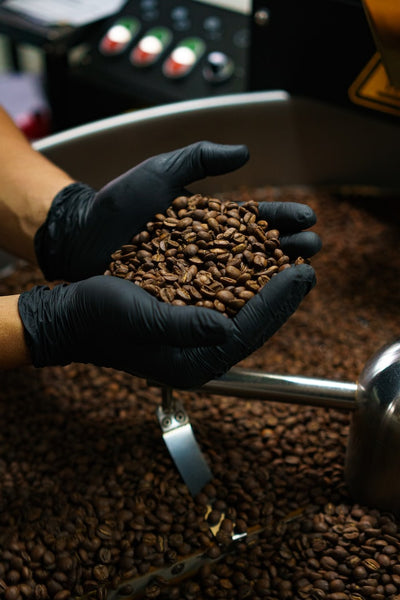
What is the best Costa Rican coffee?
The best Costa Rican coffees come from high-elevation regions with a good balance of altitude and nutrient-rich soil. Tarrazú, Tres Ríos, and Naranjo are all known for producing high-quality coffee.
Tarrazú is frequently regarded as Costa Rica's most premium coffee-producing region. It has the highest coffee farms in the country, with altitudes ranging from 3,900 to 6,200 feet. The region has successfully marketed itself as a step above Costa Rican coffee. Tarrazú has a distinct terroir that is heavily influenced by the surrounding mountains and the nutrient-rich soil of the Irazu volcano.
Geisha coffee, grown in Costa Rica, is the most expensive coffee in the world. It is a coffee variety that is well-known for its exceptional flavor and quality. Geisha coffee is grown in high-altitude regions such as Tarrazú, and it can cost hundreds of dollars per pound due to its scarcity and demand.

What is the general flavor profile of Costa Rican coffee?
Costa Rican coffee is known for its bright and vibrant flavor profile with a medium body. It has a mild, citrus-like acidity with notes of chocolate and nuts and a clean aftertaste. Costa Rican coffee is often lighter in flavor and has a more nuanced and delicate taste than other Central American coffees. South American coffees are more robust and full-bodied than Costa Rican coffee, while African coffees often have fruity and floral notes and Asian coffees have a rich, earthy flavor.

What roasting level is best for Costa Rican coffee?
Costa Rican coffee is frequently roasted to a medium roast level, which enhances its bright and vibrant flavors. A medium roast also allows the coffee's nutty and chocolatey undertones to shine through while maintaining balanced acidity. Some roasters prefer a light roast to highlight the coffee's delicate citrus notes, while others prefer a darker roast to bring out a smoky, caramel flavor.

What's next for Costa Rican coffee?
Costa Rican coffee has been shifting toward producing single-origin specialty and premium roast coffee since the turn of the century. With the increase in demand for specialty coffee, Costa Rican coffee producers have responded by increasing traceability and providing more information about the origin and unique terroir found in their coffee. This has allowed small lot and single-farm coffee production to flourish, catering to the desires of specialty coffee roasters and drinkers. As a result, Costa Rican coffee has become more popular, and the country is establishing itself as a leading producer of premium roast coffee.
Costa Rican coffee's future appears bright (pun intended) with a focus on sustainability, fair trade practices, and high-quality production methods. Costa Rican coffee will undoubtedly play an increasing role in the industry as the demand for specialty coffee grows.





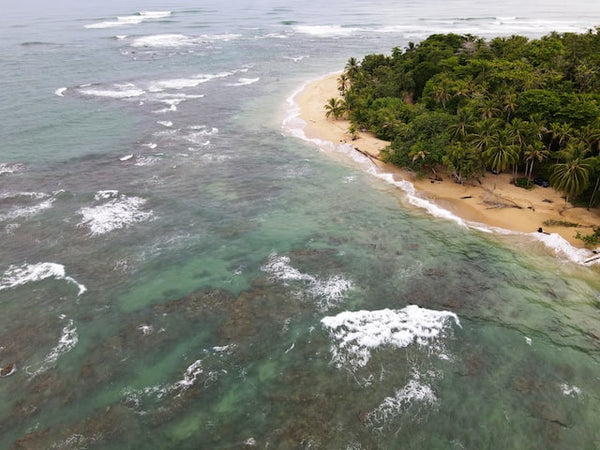
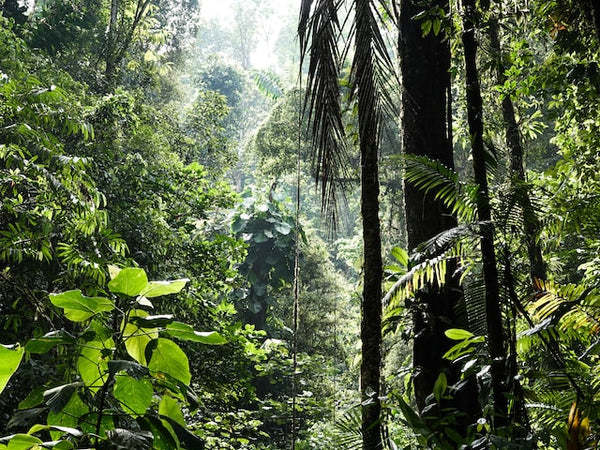


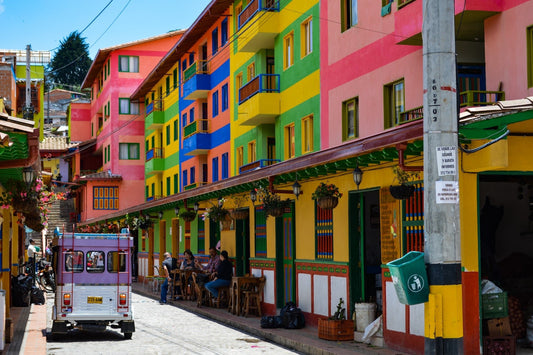



1 comment
I want to visit some Costa Rican Coffee farms, as specialty coffees.
Thank you,
Lorenzo Tatschke